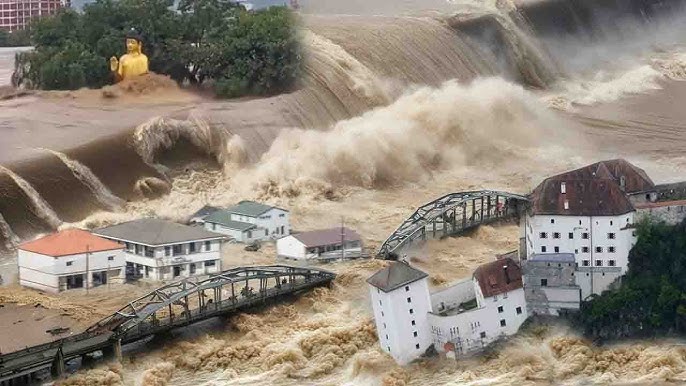The devastating floods in Nepal have claimed at least 192 lives, with 31 people still missing, according to Home Ministry spokesman Rishi Ram Tiwari.
The disaster has left entire neighborhoods in Kathmandu inundated, with the capital temporarily cut off from the rest of Nepal after landslides blocked highways.
“Our focus is on search and rescue, including people who have been stranded on highways,” Tiwari said. Rescuers are working tirelessly to clear mud from the worst-hit riverside neighborhoods, many of which are unauthorized slum settlements.
At least 35 people were buried alive when a landslide careened into vehicles on a highway south of Kathmandu, Nepal Police spokesman Dan Bahadur Karki reported. The International Centre for Integrated Mountain Development attributed the disaster’s severity to unplanned urban encroachment around the Bagmati River.
Nepal’s army has rescued over 4,000 people, utilizing helicopters, motorboats, and rafts to bring stranded households to safety. Bulldozers are clearing debris from nearly two dozen sections of major highways leading into Kathmandu.
Merchants in Kathmandu lamented the damage to intercity roads, drastically cutting the supply of fresh produce into the capital. “The farmers have their produce ready, but with the highways blocked, all of it is stuck,” said Binay Shrestha, a produce market worker.
Experts warn that climate change has intensified the frequency and severity of floods and landslides in South Asia. The summer monsoon, vital for agriculture and food production, brings 70-80% of the region’s annual rainfall, but also widespread destruction ¹ ².


